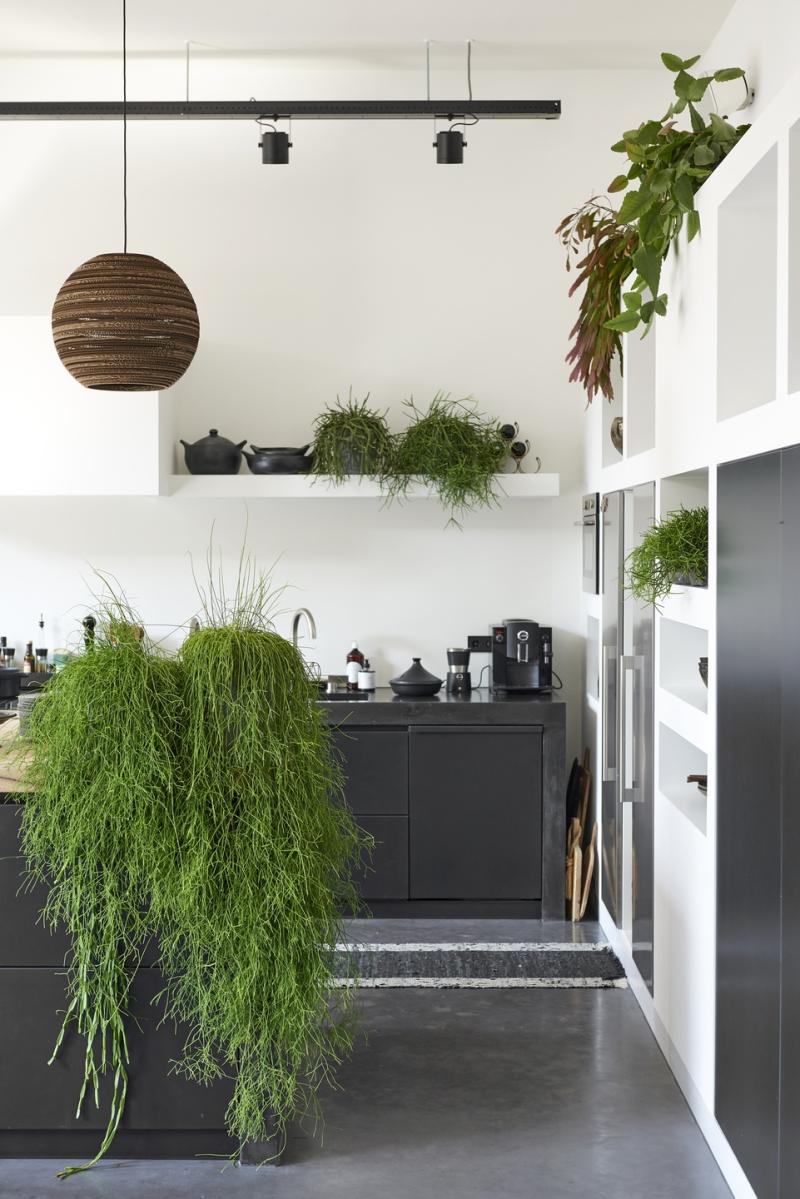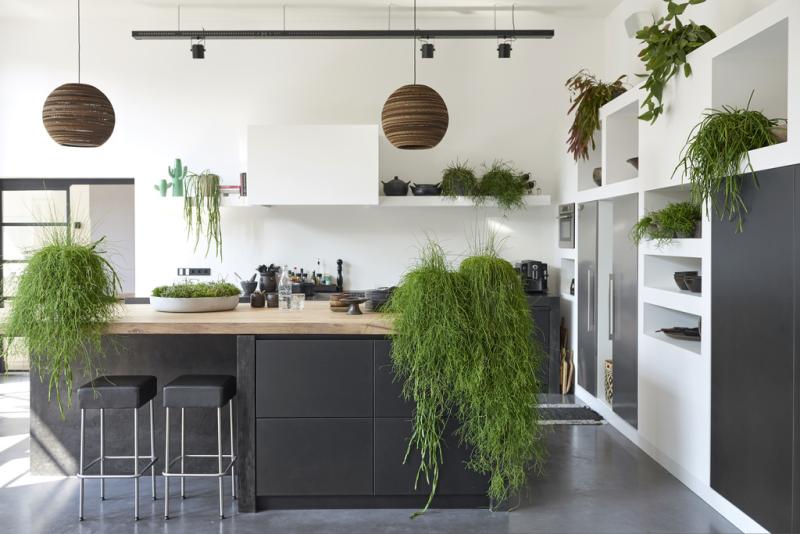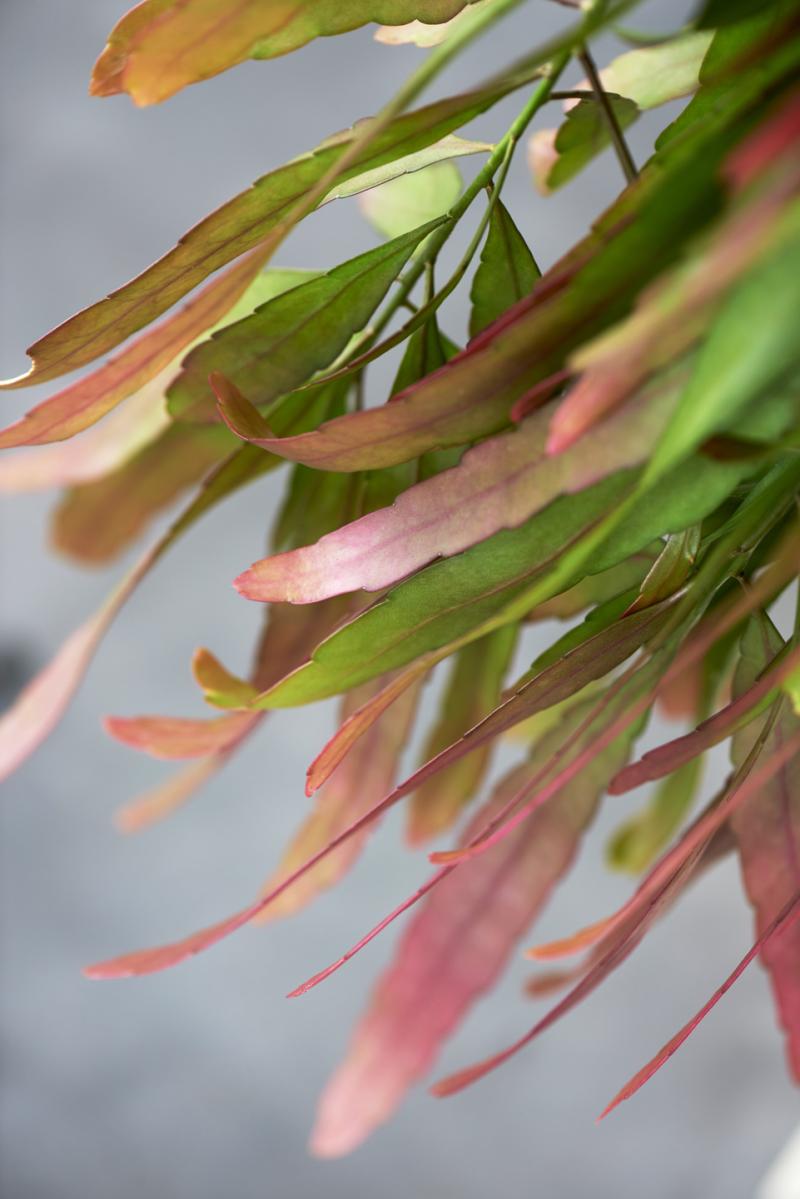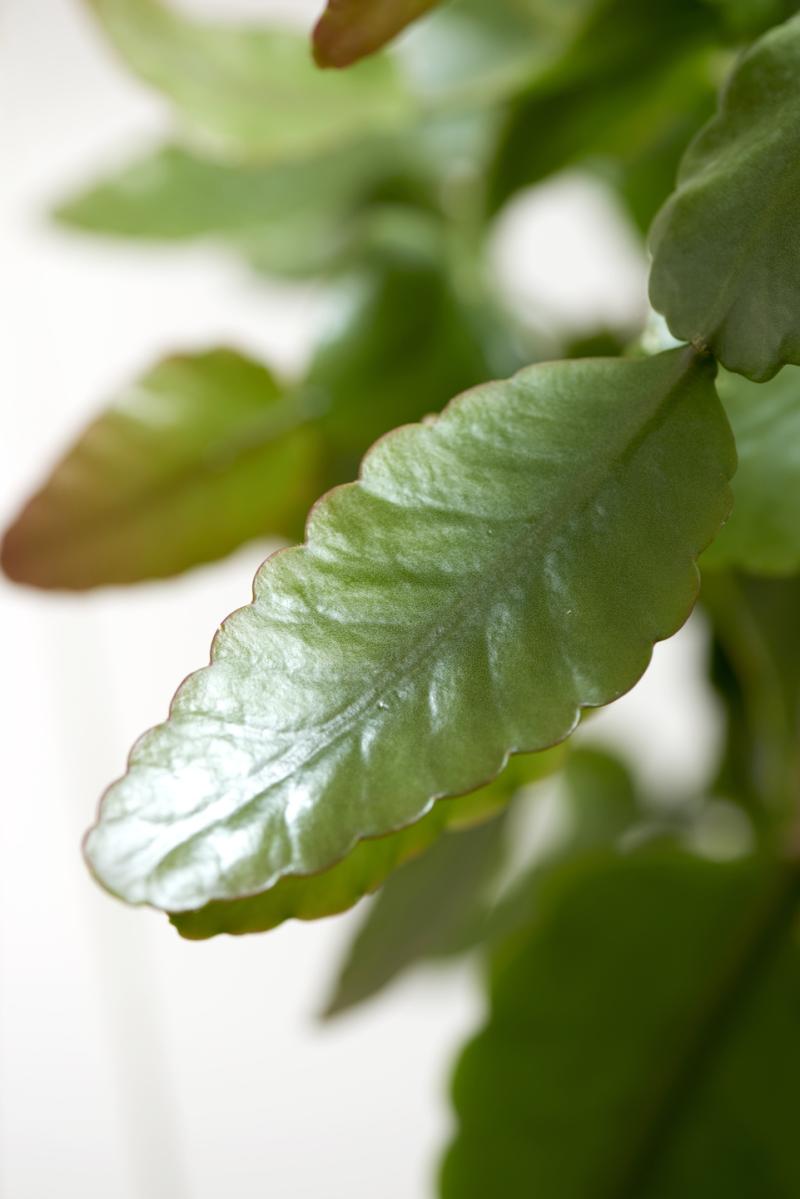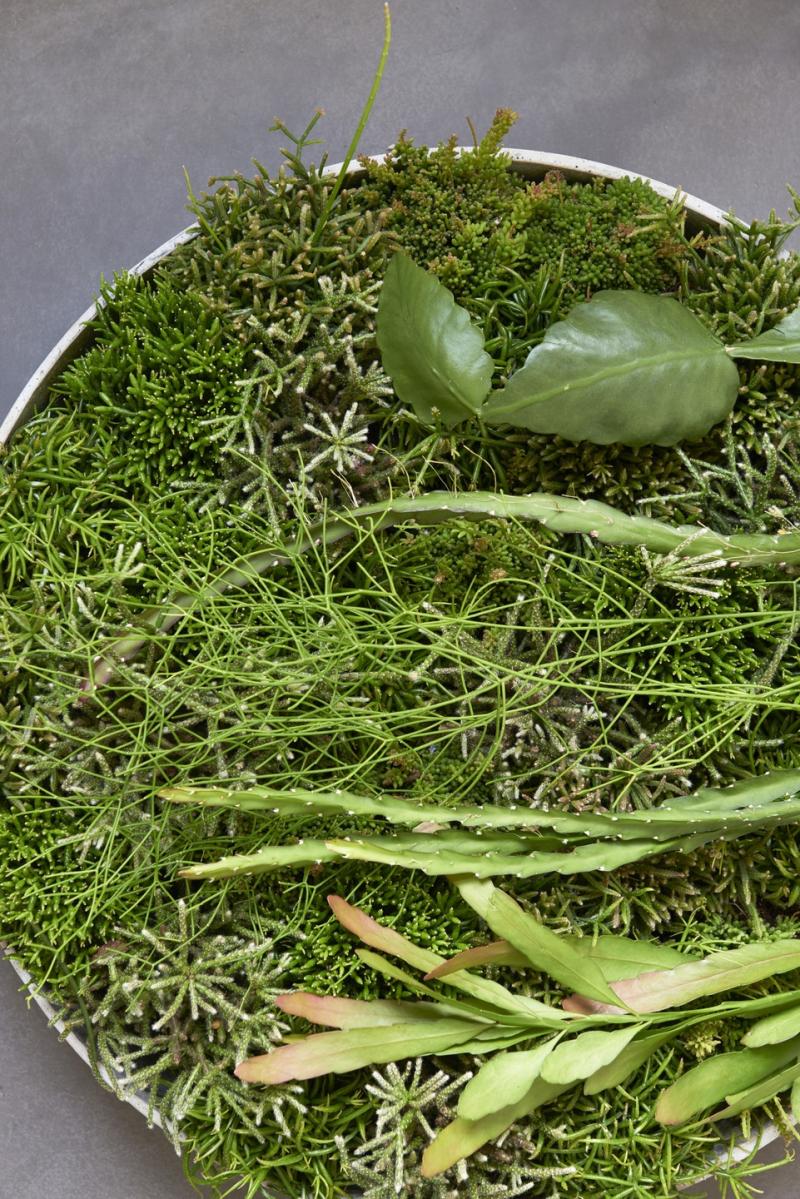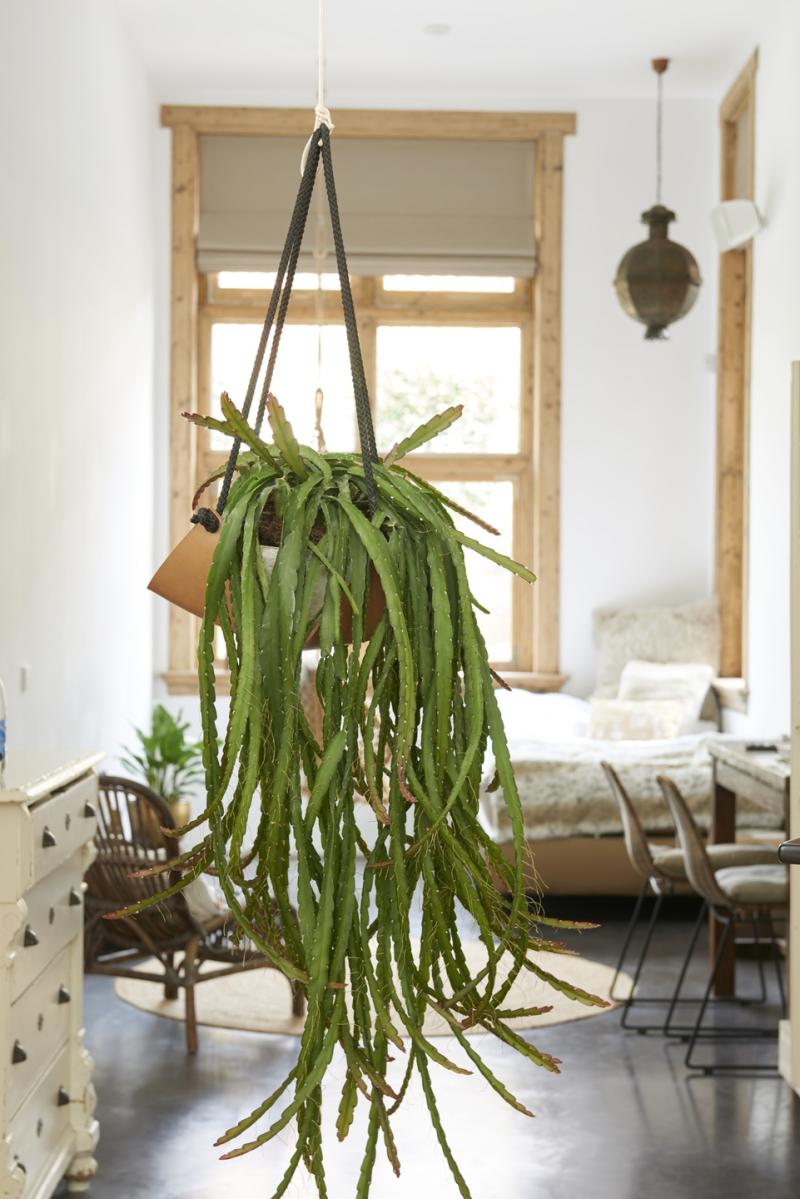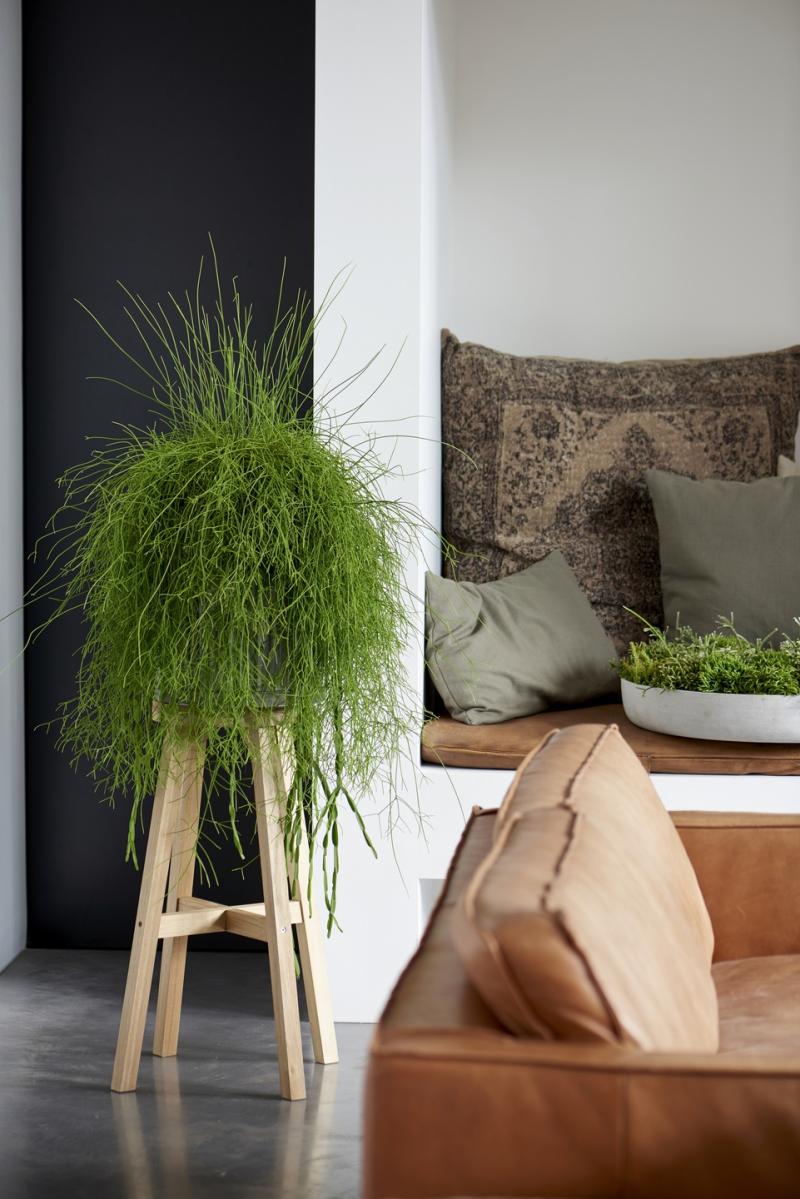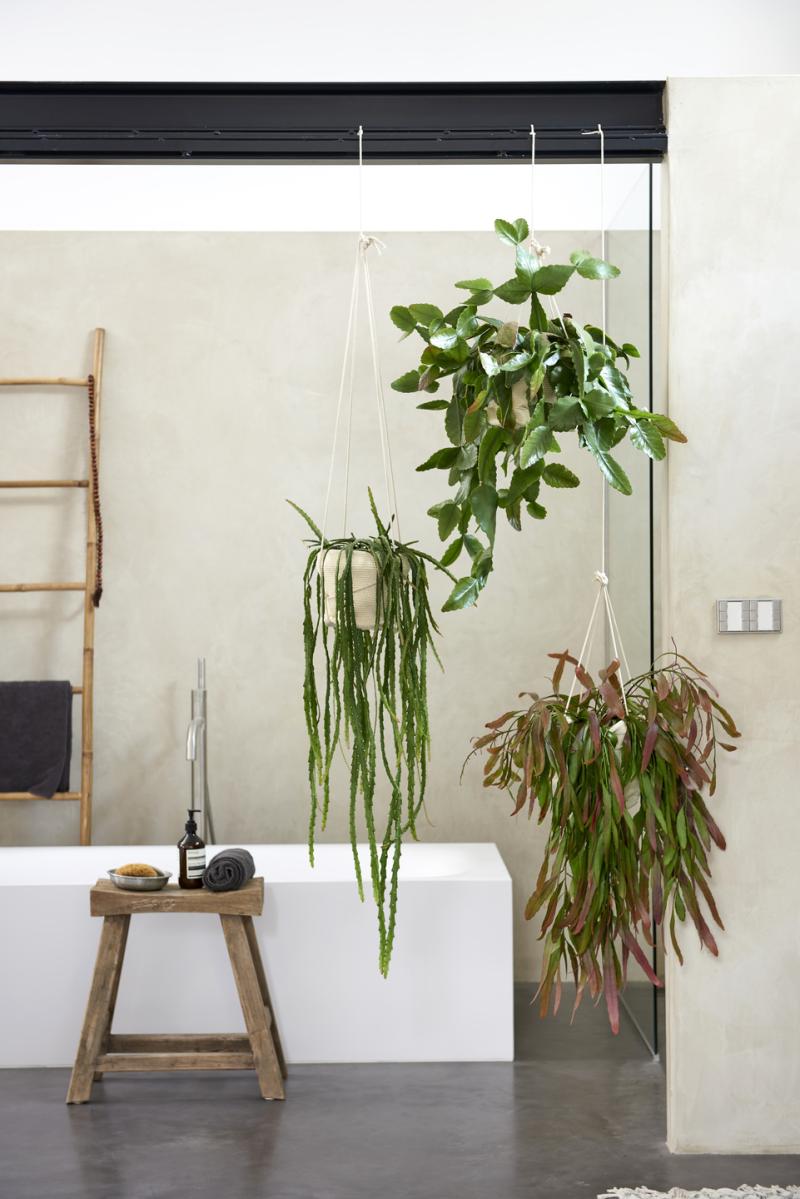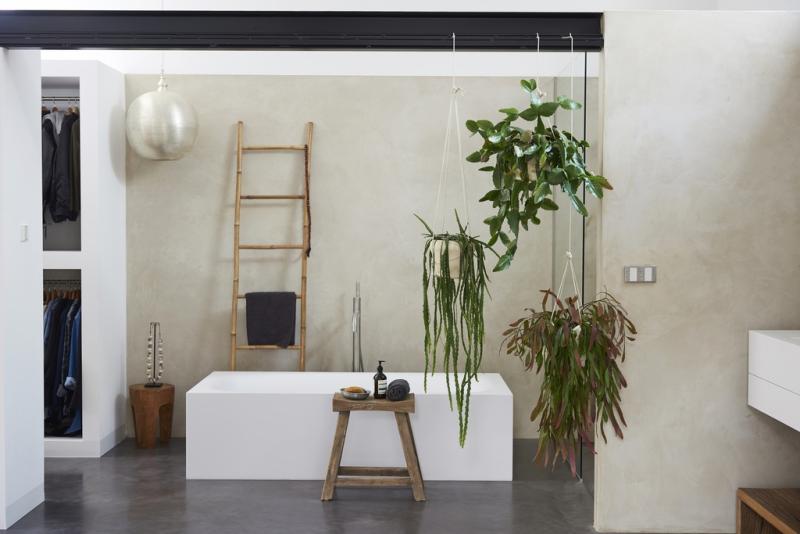November 2018: Rhipsalis Houseplant of the month
The story of Rhipsalis
Very unusual: Rhipsalis is actually a cactus, but without the spikes. This houseplant is a fast grower that hangs down in long messy tendrils or grows upwards in a bushy form. Dark green at the top, a bit wispy at the ends, fabulous for exciting peepholes and tabletop meadows. The plant is also known as mistletoe cactus, and is virtually maintenance-free. Rhipsalis copes pretty well with forgetful waterers, does not give up and is a richly branched beauty under ideal conditions.
Origin
Rhipsalis is a tropical succulent which is native to the rainforests of Central and South America, Africa and a couple of islands in the Indian Ocean. It’s the only cactus to grow in the wild outside North and South America. There are some 60 different species, most of which grow on tree trunks. In the wild they flower with many small white, yellow, orange or red flowers, which produce berries when fertilised. This rarely happens in the home. Rhipsalis’ jungle background means that it’s a houseplant with air-purifying properties according to research by NASA.
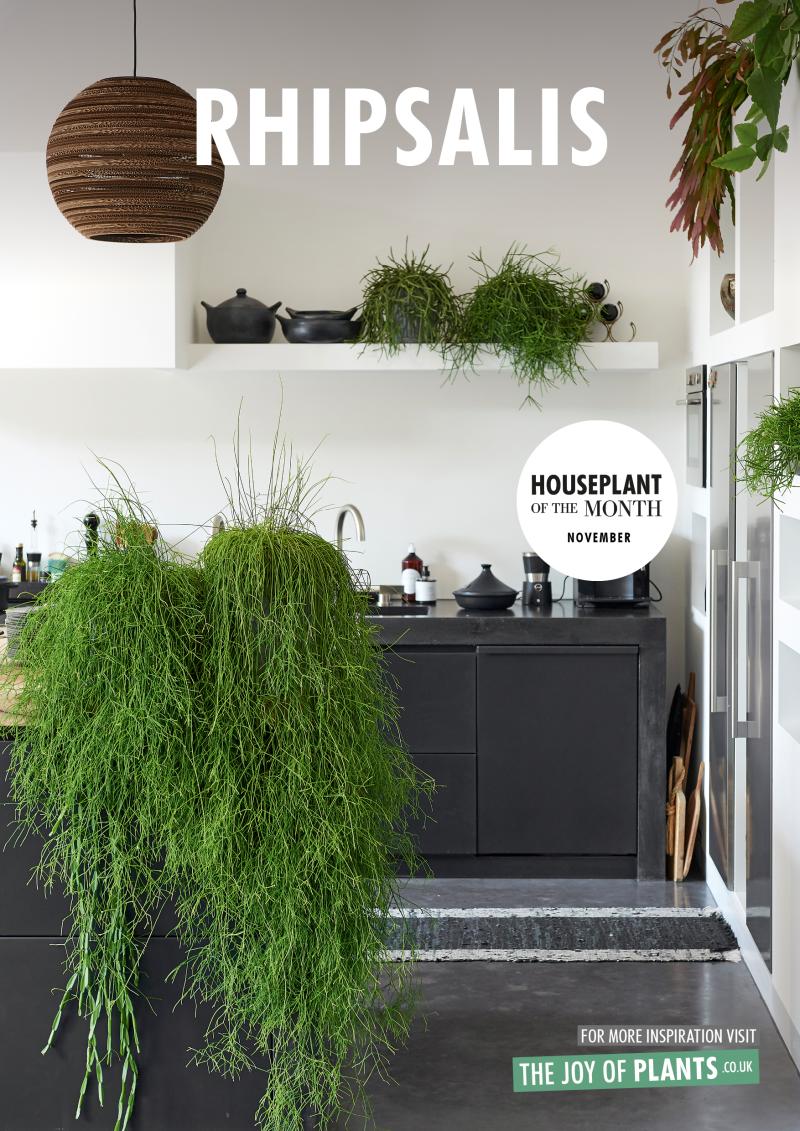
- The tendrils should already have some length, and Rhipsalis should comfortably fill the pot. Also check the leaf arrangement and that the plant has an attractive, full shape.
- Rhipsalis is not particularly prone to diseases, but check for mealybug.
- The plant must be offered in special packaging for hanging plants for shipping.
- The temperature must be above 12°C for storage and shipping. So also wrap it up carefully when selling to the customer in chilly autumn weather.
Range
Rhipsalis is available in many varieties, from a compact tabletop plant with coral-like greenery (R. pilocarpa) or a messy green tangle (R. cassutha) to a hanging plant with long tendrils (R. baccifera). The leaves can be slightly twisting ribbons or a sort of green spaghetti. All the varieties are offered in sizes ranging from S to XL.
Care tips for consumers
- The plant likes to hang in a light spot, and can even tolerate full sun, but will also cope with less light.
- The soil can be allowed to dry out somewhat between watering. Water moderately once a week on average. If Rhipsalis is hanging in the sun, it will need a bit more water. It also likes to be sprayed from time to time.
- A bit of plant food once a month.
- If the tendrils get too long, they can just be cut back into shape.
Sales and display tips for Rhipsalis
Display different varieties of Rhipsalis together and emphasise the jungle feeling of this green spectacle. Hence the hanging plants will appeal to the imagination more if they are hung off a tree trunk or a sturdy branch, and the plant varieties will look nice amongst some decorative wood and attractive stones. Select pots with a robust and natural appearance: ceramic with a bark pattern, wood or a dish with natural shades. November is a rather intimate, restrained month. The hanging forms of Rhipsalis particularly emphasise that sense of enclosure.
Images of Rhipsalis
You can download and use the images below free of charge if you credit Thejoyofplants.co.uk
Instagram: @thejoyofplants
Facebook: @thejoyofplants
Twitter: @thejoyofplants
Rhipsalis poster
You can download the poster using the link below.

